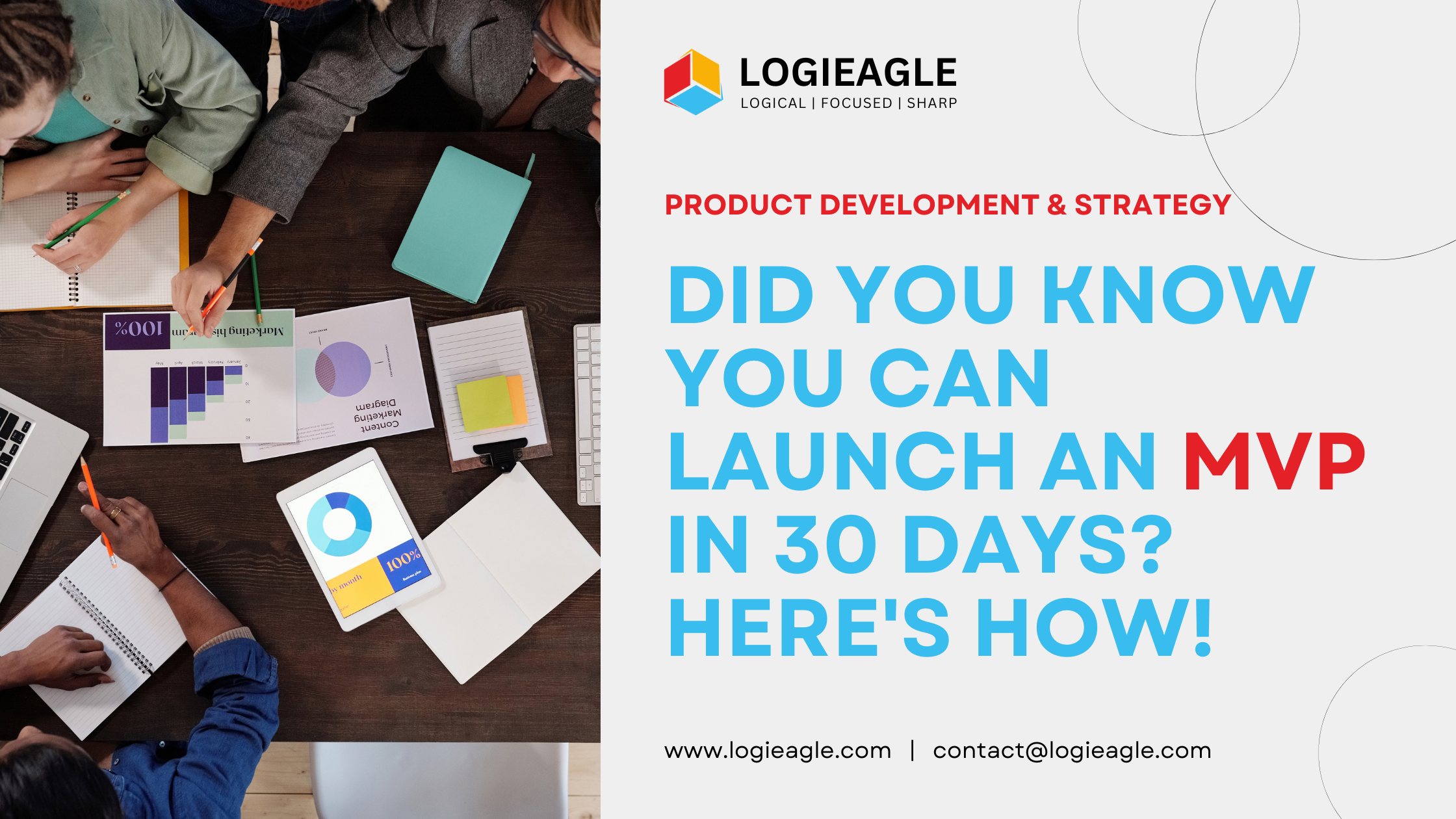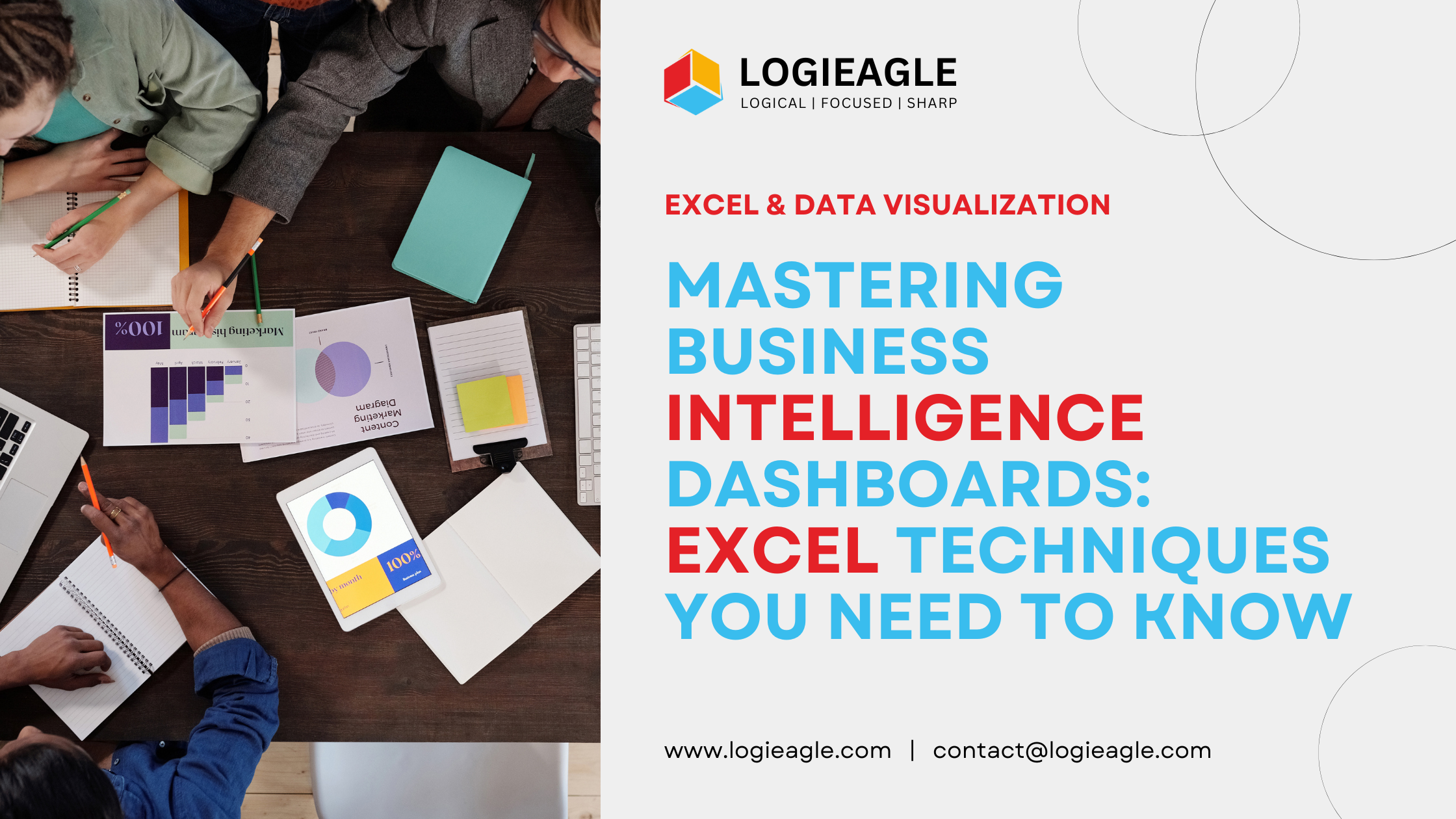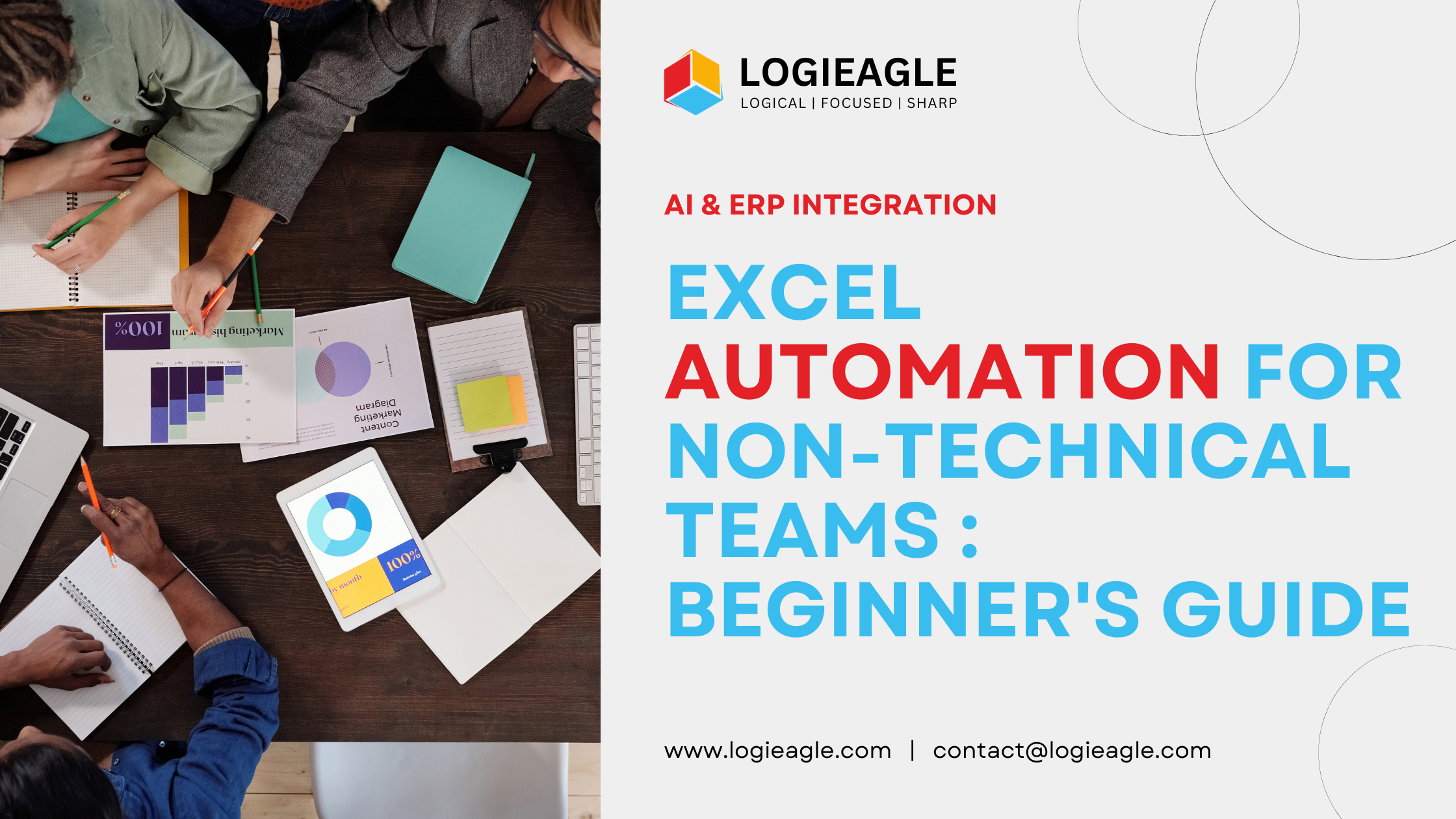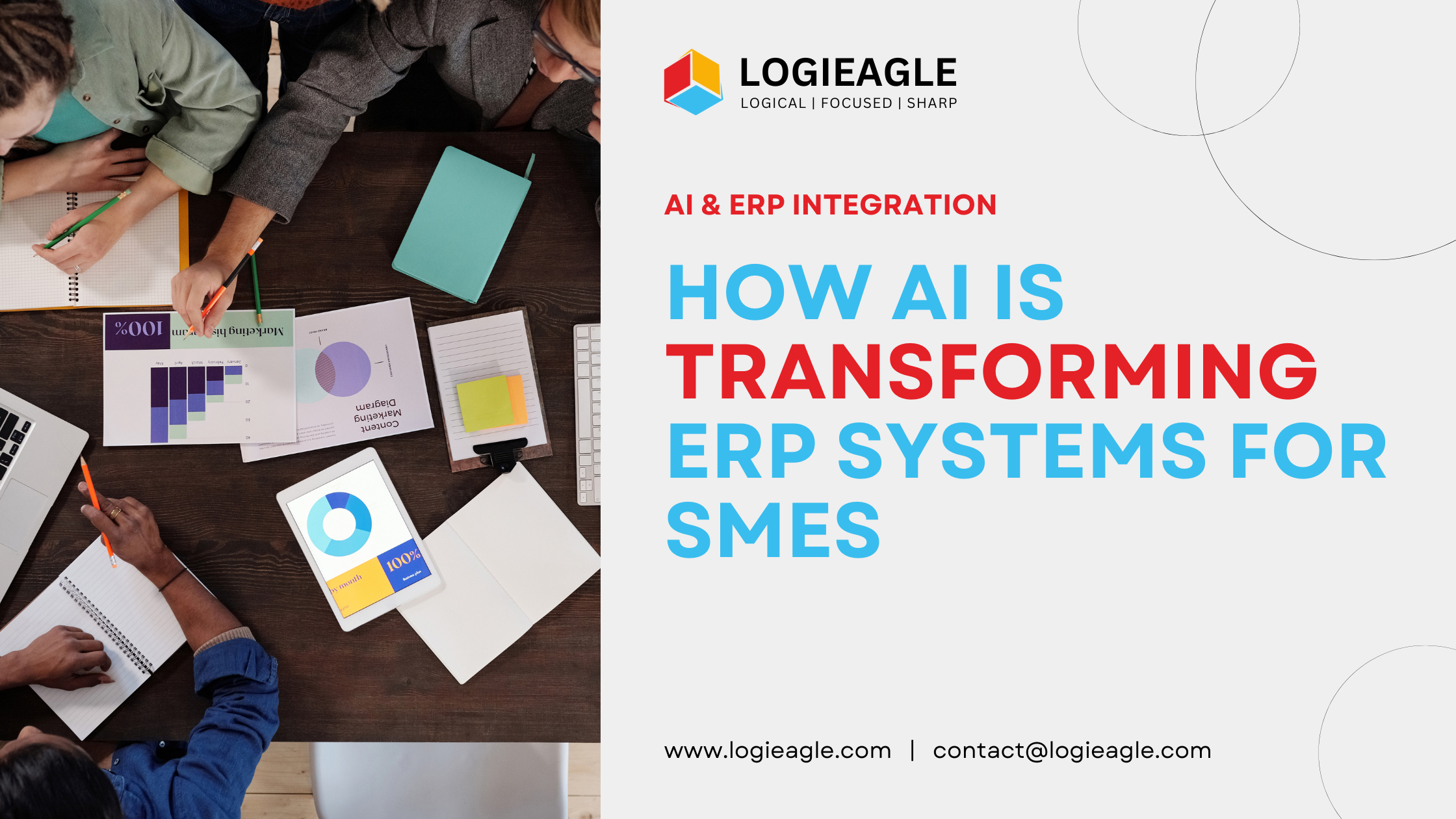
The Future of ERP: Lightweight Tools for Growing Companies
The business software landscape is experiencing a dramatic shift. Small and mid-sized companies are moving away from complex, heavyweight enterprise systems toward lightweight ERP solutions designed specifically for their needs.
Traditional ERP systems often required substantial investments in infrastructure, extensive training, and dedicated IT teams. These requirements created barriers for growing companies looking to streamline their operations. The rise of lightweight ERP tools has changed this dynamic.
Modern lightweight ERPs deliver:
- Simplified Implementation: Quick setup without extensive technical knowledge
- Cost-Effective Solutions: Pay-as-you-grow pricing models
- User-Friendly Interfaces: Intuitive designs that reduce training time
- Flexible Scalability: Easy adaptation to changing business needs
Growing companies can now access powerful business management tools without the traditional overhead. These lightweight systems integrate essential functions – from inventory management to customer relationships – into a single, accessible platform. You’ll find these tools enable rapid scaling while maintaining operational efficiency, setting the foundation for sustainable growth in today’s competitive market.
Evolution of ERP Systems
Traditional ERP systems were complex software solutions designed for large companies. They required a lot of hardware, customization, and IT support. Small businesses had several problems with traditional ERPs:
- High Implementation Costs: Setting up the system often cost millions of dollars
- Long Deployment Cycles: Implementation took 12-18 months
- Complex User Interfaces: Staff needed extensive training to use the system
- Limited Flexibility: Making changes to the system was difficult and expensive
Modern lightweight ERP solutions have changed this situation. These flexible systems offer enterprise-level features through easy-to-use interfaces:
- Modular Architecture: Choose and implement only the features you need
- Rapid Deployment: Get started in weeks instead of months
- Intuitive Design: Staff can adopt the system with minimal training
- API-First Approach: Easily integrate with your existing tools
The scalability of modern ERPs is a major advantage. Your business can:
- Start with the core modules
- Add features as your business grows
- Scale the number of users up or down during different seasons
- Expand to new locations without any hassle
These systems adjust to your business requirements without needing complete overhauls or long periods of inactivity. Cloud-based architectures allow for automatic updates and addition of features, ensuring that your system stays up-to-date with minimal IT involvement.
Key Features and Benefits of Lightweight ERP Systems
Lightweight ERP systems shine through their adaptable architecture, allowing you to tailor workflows to match your unique business processes. You can customize:
- Form fields and data entry requirements
- Approval chains and authorization levels
- Reporting templates and dashboards
- User interface layouts and accessibility
The seamless integration with Customer Relationship Management (CRM) systems creates a unified view of your business operations. This integration enables you to:
- Track customer interactions across all touchpoints
- Analyze purchase patterns and preferences
- Automate follow-up communications
- Identify cross-selling opportunities
- Measure customer satisfaction metrics
Real-time data insights transform how you make business decisions. Modern lightweight ERPs provide:
- Live Performance Metrics: Track KPIs as they happen
- Predictive Analytics: Anticipate market trends and demand patterns
- Resource Optimization: Identify bottlenecks and inefficiencies
- Financial Forecasting: Project cash flow and revenue trends
These systems leverage AI-driven analytics to process vast amounts of data, presenting actionable insights through intuitive dashboards. You can spot emerging trends, adjust inventory levels, and optimize pricing strategies based on current market conditions.
The combination of customization options, CRM integration, and real-time analytics positions lightweight ERPs as powerful tools for growing companies seeking operational excellence.
The Cloud Advantage: Cost-Effectiveness and Flexibility
Cloud-based ERP solutions transform how growing companies manage their operations. These systems eliminate the need for expensive hardware investments and dedicated IT infrastructure, making them an attractive option for businesses focused on scalability.
- Pay-as-you-go pricing models
- Reduced maintenance costs
- No hardware replacement expenses
- Automatic updates at no extra cost
- Minimal IT staff requirements
The accessibility of cloud ERPs creates unprecedented operational flexibility. Your team can access critical business data from any location, using any device with internet connectivity. This feature proves invaluable for:
- Remote work scenarios
- Multi-location businesses
- Field sales teams
- International operations
- Business travel requirements
Cloud-based ERPs adapt to your business growth without requiring system overhauls. You can start with essential features and add functionality as your needs evolve. This flexibility allows you to maintain optimal performance while managing costs effectively.
The built-in disaster recovery and backup systems protect your data without additional infrastructure investments. Cloud providers maintain multiple data centers, ensuring business continuity through automatic failover systems and regular backups.
Popular Lightweight ERP Options for Growing Companies
The market offers several robust lightweight ERP solutions tailored for growing companies. Here’s a detailed look at some top contenders (as examples, specific features may vary by provider):
- Odoo: Open-source platform with modular architecture, customizable features, built-in website builder and e-commerce capabilities, extensive app marketplace, and strong operational continuity features.
- Acumatica: Industry-specific editions (distribution, manufacturing, retail), flexible licensing model, AI-powered analytics, real-time financial management, and built-in CRM functionality.
- SAP Business One: Comprehensive inventory management system, user-friendly interface ideal for small teams, integrated business intelligence tools, native mobile apps for iOS and Android, and automated workflow capabilities.
- Zoho ERP: Specialized for startups in emerging markets, GST-compliant financial tracking, modular pricing structure, and a simplified onboarding process.
- Caddayn Biller: (This appears to be a specific or less common example from the provided text, typically it would be a more globally recognized ERP).
Each solution offers unique advantages based on your business model. These platforms scale with your business growth, allowing you to add features and users as needed. The modular nature of these solutions lets you start with essential functions and expand your ERP capabilities alongside your business development.
Considerations When Choosing an ERP System for Your Business Needs
Selecting the right ERP system requires careful evaluation of several critical factors to ensure a successful implementation and long-term value for your organization.
Business Requirements:
- Map your current business processes
- Identify operational bottlenecks
- List must-have features vs. nice-to-have features
- Assess department-specific needs
- Consider industry-specific requirements
Technical & Infrastructure Considerations:
- Evaluate your existing IT infrastructure
- Determine hosting preferences (cloud vs. on-premise)
- Check system compatibility requirements
- Assess your team’s technical capabilities
- Consider security and compliance needs
Scalability & Future Growth:
- Project your business growth trajectory
- Calculate user license requirements
- Estimate data storage needs
- Plan for additional module integration
- Consider geographic expansion possibilities
Cost & ROI:
- Calculate total cost of ownership
- Factor in implementation costs
- Account for training expenses
- Plan for maintenance fees
- Consider ROI timeline
Vendor & Support:
- Research vendor reputation and stability
- Check customer support quality
- Review implementation methodology
- Verify update frequency
- Assess customization capabilities
A thorough evaluation of these factors helps you select an ERP system that not only meets your current needs but also supports your future growth objectives. Creating a detailed requirements checklist and scoring potential solutions against these criteria ensures an objective selection process.
Early Adoption of ERP Systems: A Competitive Advantage for Startups
Startups gain significant competitive advantages by implementing lightweight ERP systems during their early growth stages. These systems create a strong operational foundation through:
- Streamlined invoicing and payment processing
- Real-time expense tracking
- Automated tax calculations and compliance
- Centralized communication channels
- Automated task assignments
- Standardized workflows across departments
- Instant access to performance metrics
- Predictive analytics for growth planning
- Customer behavior insights
Early ERP adoption helps startups establish scalable processes from day one. You’ll avoid the common pitfalls of manual systems and disconnected tools that often create bottlenecks as your business grows. The automation capabilities of modern ERP systems reduce human error, free up valuable time, and allow your team to focus on strategic initiatives rather than routine tasks.
By implementing these systems early, you create a structured environment that supports rapid scaling while maintaining operational efficiency. Your startup can handle increased transaction volumes, expanded product lines, and growing customer bases without the need for major system overhauls.
Conclusion
Lightweight ERP systems are game-changing tools for growing companies ready to scale efficiently. These modern solutions break down the barriers that once made enterprise resource planning exclusive to large corporations, bringing powerful capabilities within reach of ambitious startups and mid-sized businesses.
The market offers diverse options to match your specific needs:
- Cloud-based flexibility for remote team collaboration
- Modular designs that grow with your business
- AI-driven analytics for smarter decision-making
- Seamless integrations with existing business tools
Your business deserves a competitive edge in today’s fast-paced market. Take the first step toward transforming your operations – research available lightweight ERP solutions, schedule demos with vendors, and identify the platform that aligns with your growth trajectory. The right ERP implementation today sets the foundation for your company’s success tomorrow.
 From Chaos to Clarity: The Ultimate Guide to Automating Financial Reports with VBA
From Chaos to Clarity: The Ultimate Guide to Automating Financial Reports with VBA
 Did You Know You Can Launch an MVP in 30 Days? Here's How!
Did You Know You Can Launch an MVP in 30 Days? Here's How!
 Mastering Business Intelligence Dashboards: Excel Techniques You Need to Know
Mastering Business Intelligence Dashboards: Excel Techniques You Need to Know
 Turning Excel into a Scalable Business Tool: A Step-by-Step Guide
Turning Excel into a Scalable Business Tool: A Step-by-Step Guide
 The Psychology Behind Intuitive UX: How to Design for User Comfort
The Psychology Behind Intuitive UX: How to Design for User Comfort
 What Makes a Good MVP? Essential Tips for First-Time Founders
What Makes a Good MVP? Essential Tips for First-Time Founders
 How to Increase User Retention with Game Mechanics in Your App
How to Increase User Retention with Game Mechanics in Your App
 Excel Automation for Non-Technical Teams: A Beginner's Guide
Excel Automation for Non-Technical Teams: A Beginner's Guide
 How AI Is Transforming ERP Systems for SMEs
How AI Is Transforming ERP Systems for SMEs
 Why UX Is the Silent Salesperson in Every App
Why UX Is the Silent Salesperson in Every App